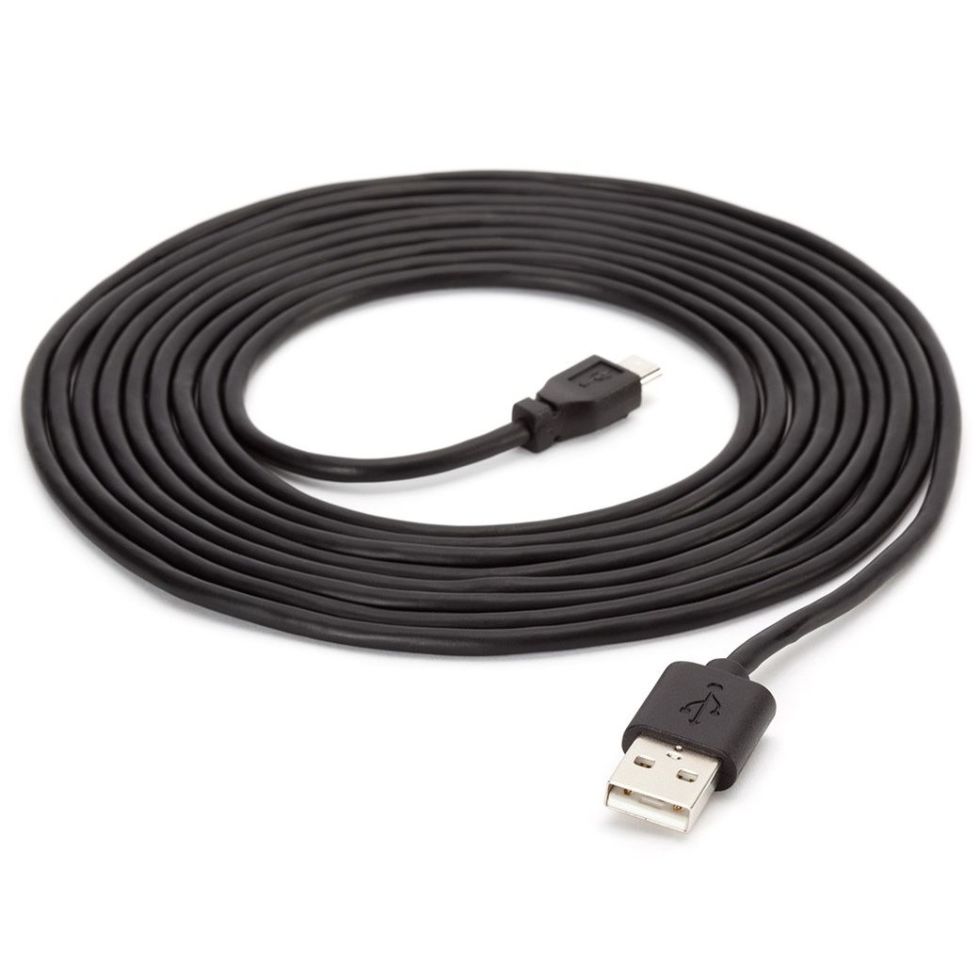USB Cable Types: How to Determine Which One to Use
 USB connectors were designed to standardize the connections between devices. The effort was mostly successful, since almost every modern device will use an USB connection instead of having its own unique connector. Unfortunately, different devices have different needs, so there are many different USB cables available. Dealing with the different cable types is not as difficult as dealing with a world where each device needs to have a unique cable, but it can still be fairly daunting. Fortunately, they aren’t nearly as complicated as they first appear.
USB connectors were designed to standardize the connections between devices. The effort was mostly successful, since almost every modern device will use an USB connection instead of having its own unique connector. Unfortunately, different devices have different needs, so there are many different USB cables available. Dealing with the different cable types is not as difficult as dealing with a world where each device needs to have a unique cable, but it can still be fairly daunting. Fortunately, they aren’t nearly as complicated as they first appear.
Type A
Type A cables are the most common by a very large margin. While you should always check the device’s manual for guidance to find out what cable you need, you can normally assume that it will be a type A. These are the flat, rectangular cables with a single connector rather than a series of pins.
“The USB A-Type was designed to create a connection between a host device, such as a computer, and an attached peripheral device, such as a mouse,” said Newnex. That is their most common use, and they can handle almost any type of peripheral, such as storage drives, and even monitors. They usually aren’t meant for two-way connections, although a few double-sided cables do exist for that purpose. Using them with the wrong device can cause serious problems, so you should always ask the manufacturer for guidance before you try to use one for a two-way connection.
Type B
Type B connectors are very similar to Type A connectors, but they are shaped like a square instead of a rectangle. They are also meant for connecting peripherals to host devices, but they carry information upstream, whereas a Type A is meant to carry it downstream. That means that they almost always connect to the peripheral rather than the host device, and that cables with both A and B ends on them are fairly common. Type B cables are fairly unusual, so most users will not need to worry about them very often.
Type C
This is one of the latest innovations in USB technology. The connector is small and rounded, so it can easily be distinguished from the other models. Unlike A and B cables, the Type C is reversible. That makes it much more convenient for many users, and it can cut down on the number of cables that tech enthusiasts need to keep on hand. They are also significantly faster than the other types, and most of them come with support for other features, such as multichannel audio and DisplayPort video technology.
The downside to Type C is that older devices don’t support it. It’s possible to work around that with adapt ors in some cases, but that isn’t always worth the trouble. Most new devices do have support for this type of cable, so it’s likely that it will become the new standard in the near future.
Micro-USB
Type A and B connectors are also available in Micro-USB. These forms work almost exactly like their larger variations, but they are significantly smaller. These small cables are meant to be used with the smallest devices, usually cell phones and some small tablet computers. You can usually tell which type you need simply by looking at the size of the port in your device.
USB 3
USB 3 is a variation on the other types of USB. They have the same shape as the other cables, but they are usually colored blue to distinguish them from older cables. USB 3 ports are usually blue as well.
USB 3 is normally backwards-compatible with older types of USB, so you can normally use as USB 3 cable in an older port. However, you can only reap the benefits of using USB 3 if you put a USB 3 cable in an USB 3 port. Doing so will lead to massive increases in performance, so you should certainly try to use a USB 3 cable if you have the opportunity to do so.
The General Rule
All of that may seem confusing, but there’s a simple rule to follow when using USB cables. The cable should always enter the port with the minimum amount of force. As long as you make sure that the port and cable are the same shape, and that they go in without too much work, you can be confident that you’re making the right choice.
















